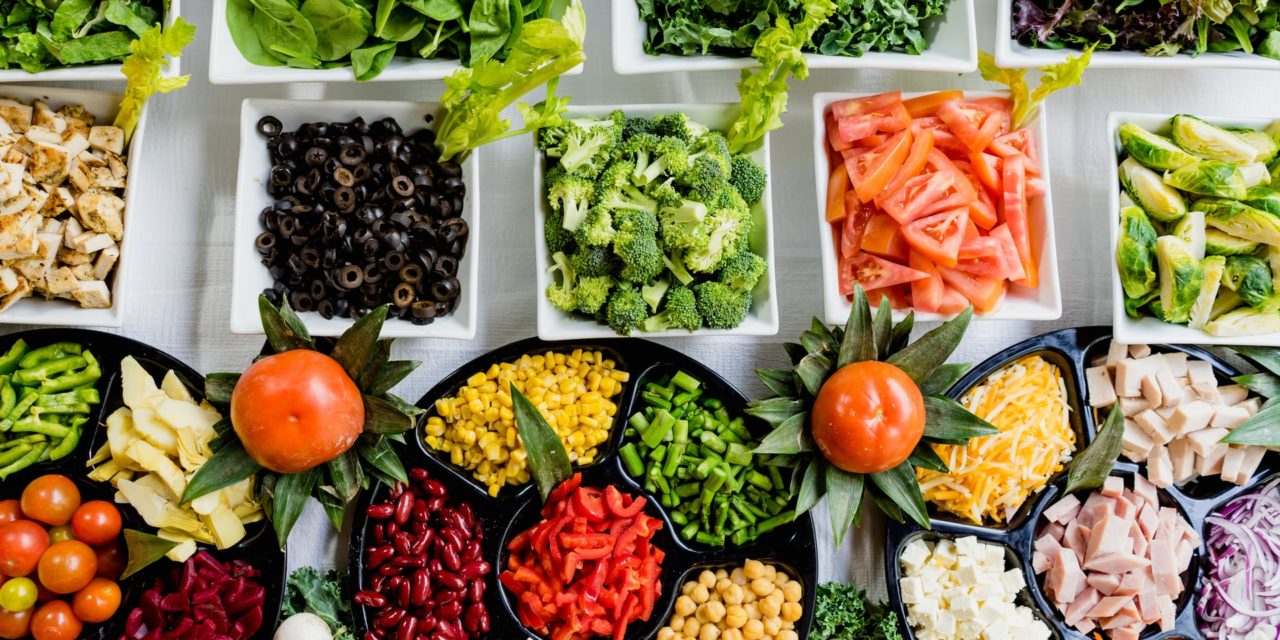[ad_1]
1. Get Your Household Information Squared Away
Emergencies happen with little or no warning, so it's essential to have all your household information easily accessible. That includes insurance documents, birth certificates, passports, and local maps. Place these items inside your emergency kit and have it stowed away. Create secondary copies of each document and place them inside your car emergency kit. Having two sets of prints ensures your prepared to respond to any emergency, on the road or at home.
2. Know Your Local Hazards
To build an effective emergency plan, you need to know the hazards that are most likely to affect your family. Is it a tornado, a power outage, a flood? Understanding is important. Because it gives you a specific roadmap and helps you figure out the best way to prepare. Please see our article on how to build an emergency kit? In it, you will find a detailed outline on developing a hazard risk assessment. Use it to determine the most likely disaster scenario your family may encounter. It's worth mentioning that catastrophic events such as a comet or zombie apocalypse didn't make the list. At practical emergency kits, our name says it all. We believe in preparing for real-life situations that your family may encounter any day of the week.
For information on developing a list of local hazards, please see our article on:
• How to build an emergency kit? You will find information on developing a hazard risk assessment.
3. Emergency Meeting Place
All family members may not be together when an emergency occurs. Identifying designated meeting locations is essential. One site may be your home and the second could be a hotel or a friend's house. Attempt to have the second emergency meeting place along your evacuation route. This allows each family member to know which path your taking in case you become separated or your home is destroyed or inaccessible.
It's also important to assume that ALL communications will not be working, that includes mobile phones, landlines, and the internet. When you can't reach a family member during a disaster, your emergency plan acts as a playbook to coordinate each family members response. For example, if your son or daughter is away at school and an earthquake hits. Your emergency plan may be to meet at a local hospital or shelter. Likewise, if you can't reach each other during a power outage, your emergency plan might call for using amateur radio.
* See article on An Amateur Radio License might just save your life
4. Plan for your Pets & Emergency Needs
Just as you would prepare an emergency survival kit for yourself and your family, you need to make one for your pets. You may need to pre-plan a pet shelter in your evacuation zone or talk with emergency contacts to arrange for some help. You pet emergency kit should include water, food, blanket, first-aid, feeding bowl, extra collar and leash, metal stake with die down leash, can opener, waste bags, and any medication.
5. Emergency Contacts
Having all of your essential contact information in one place makes it handy when you need to contact a loved one or friend. Create a physical copy and place it inside your emergency kit. This copy along with your emergency plan and emergency kit puts your family in the top 10% of Americans who are prepared to respond to any emergency.
6. Place your Contacts and Emergency Plan Inside Your Emergency Kit
An emergency kit isn't just a bag it's your everything. It's your plan, your evacuation route, your food, water, shelter. It's your emergency contacts, your insurance, your money, your emergency evacuation alerts. It's your rescue. Please don't underestimate the usefulness of an emergency kit. We like to think of it as a life jacket, you don't use it often, but when you do it will save your life.
[ad_2]
Source by Jake Buckland


